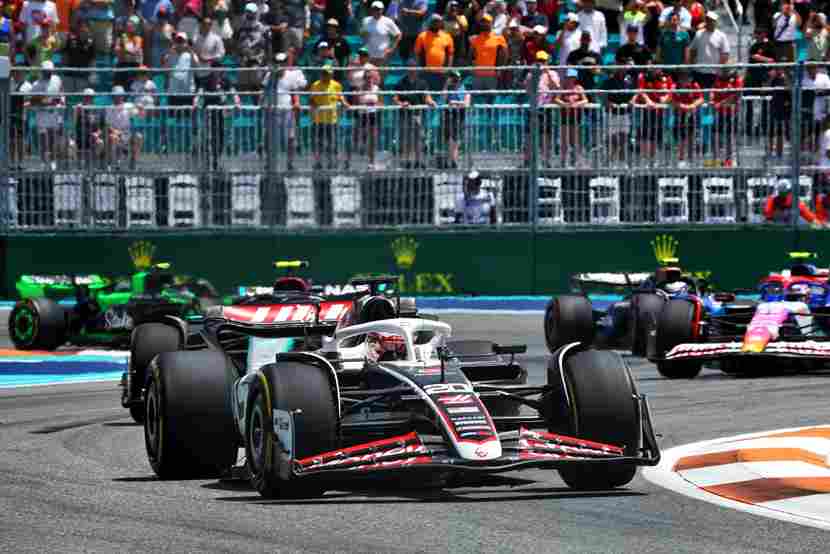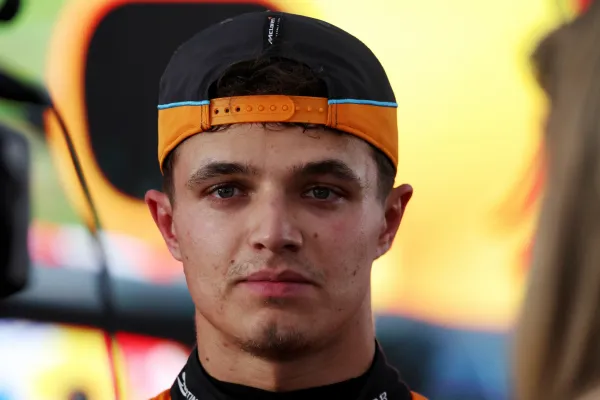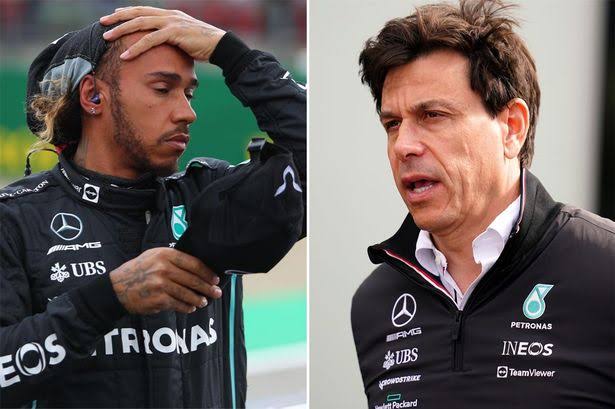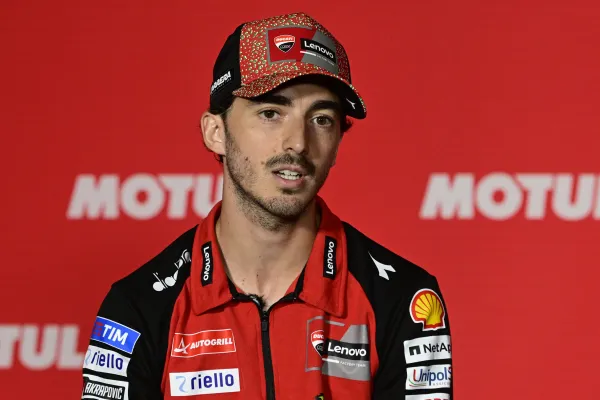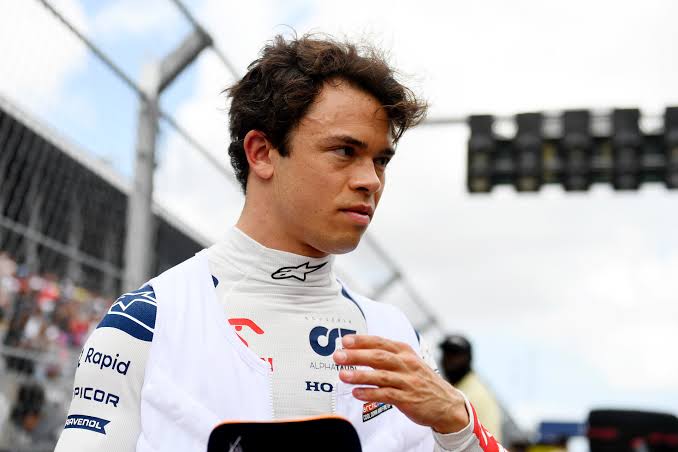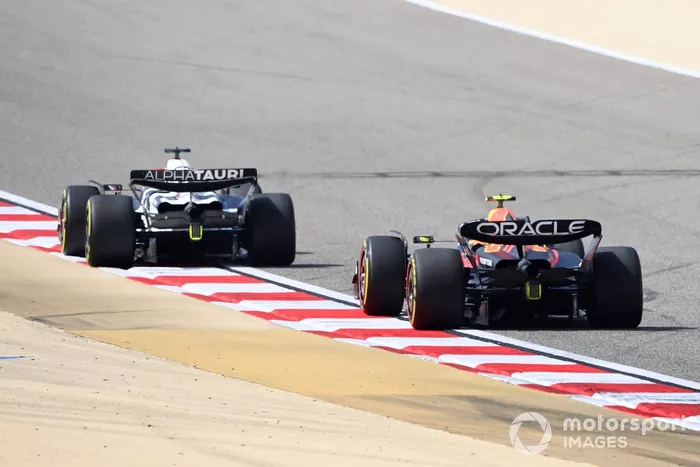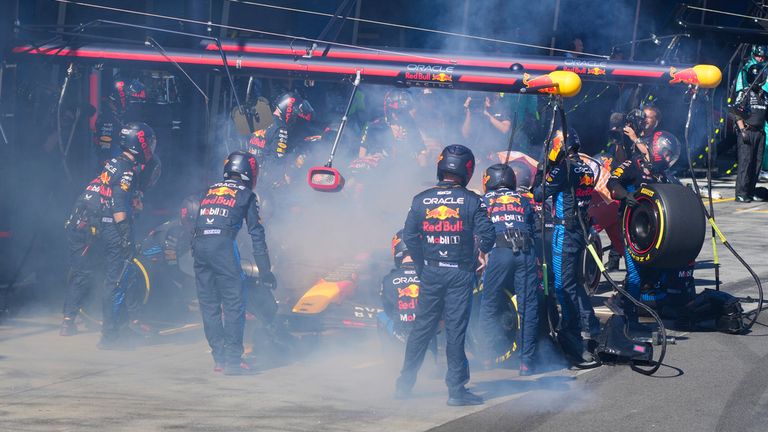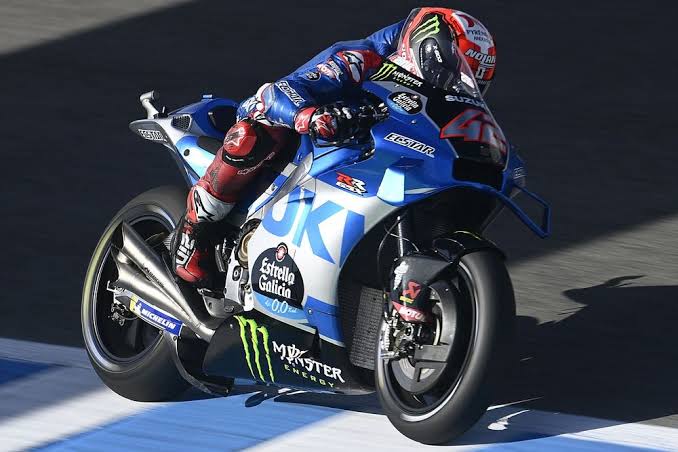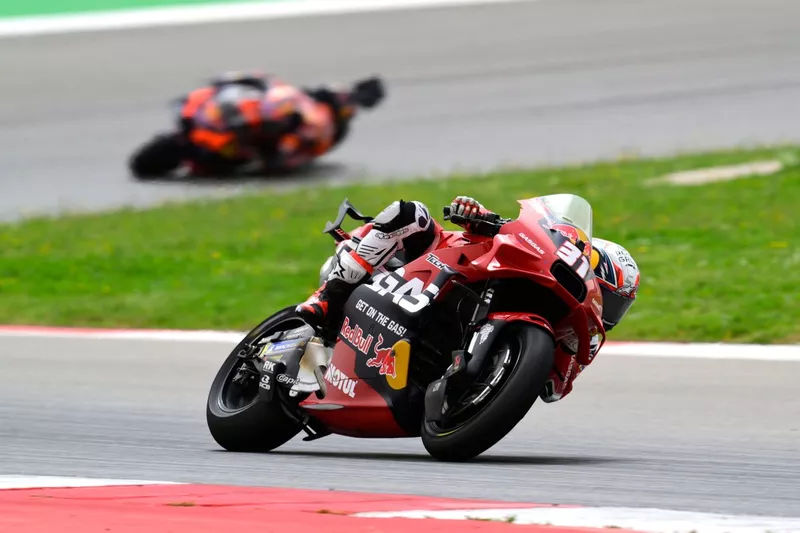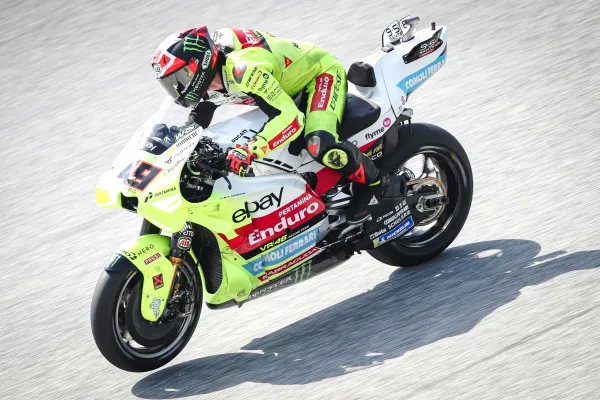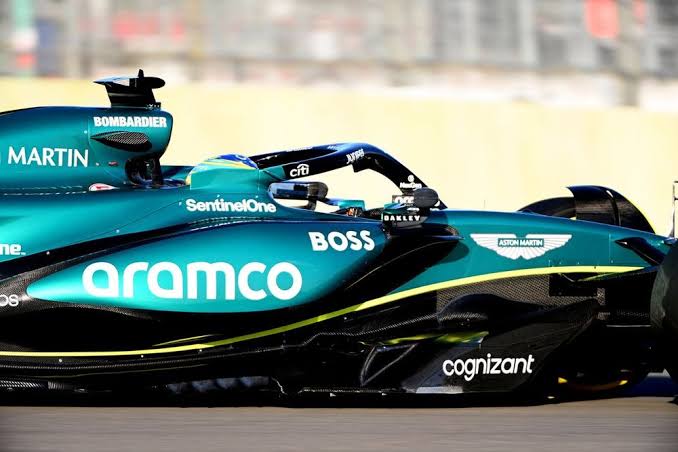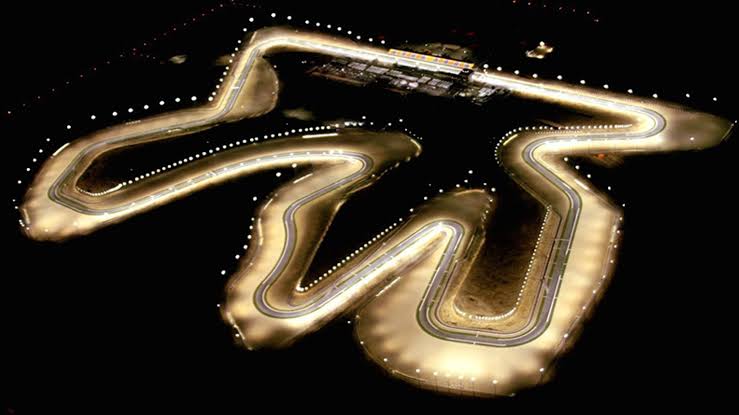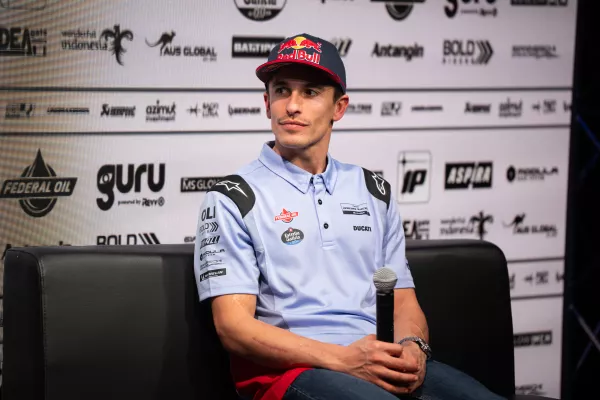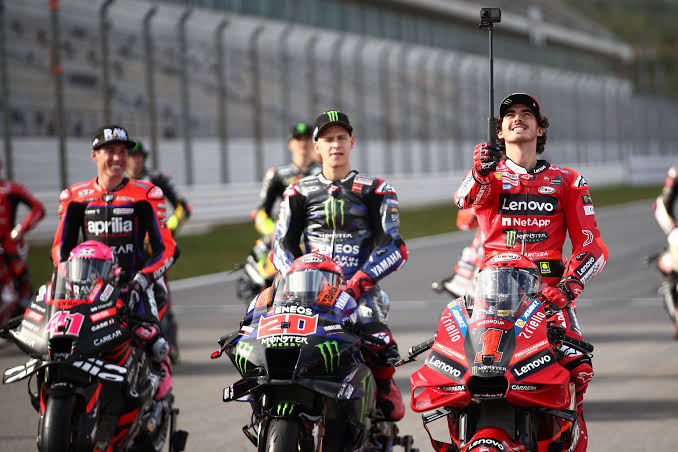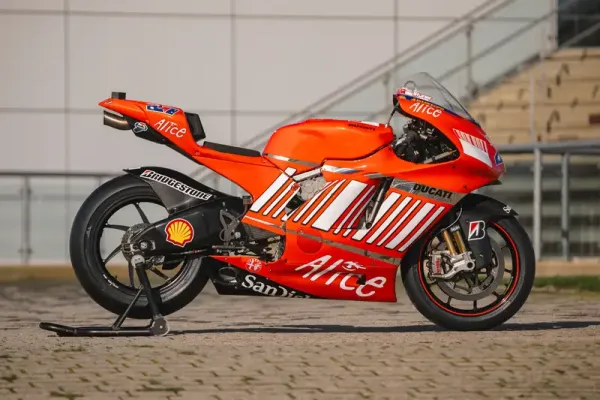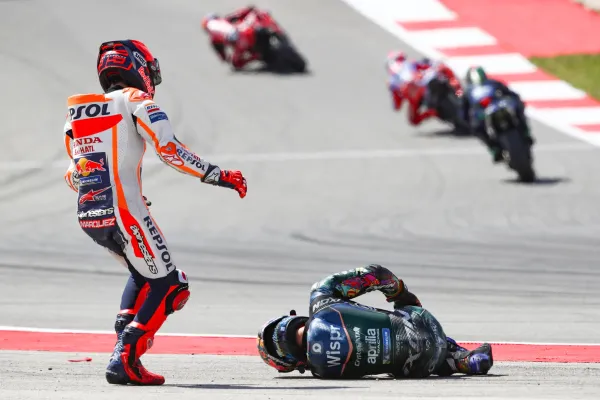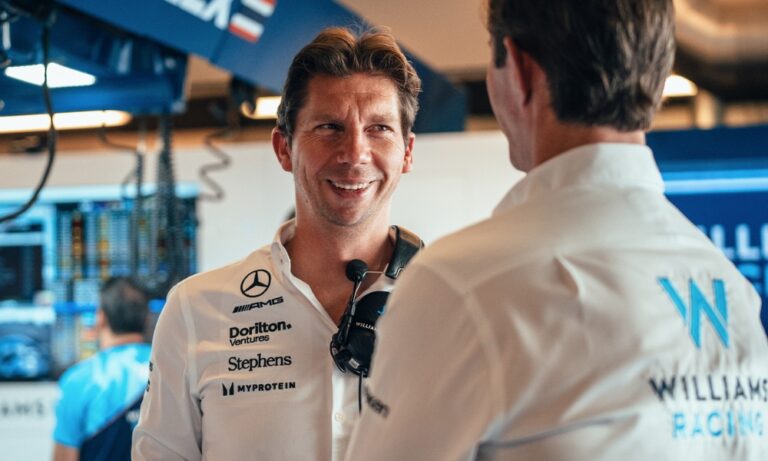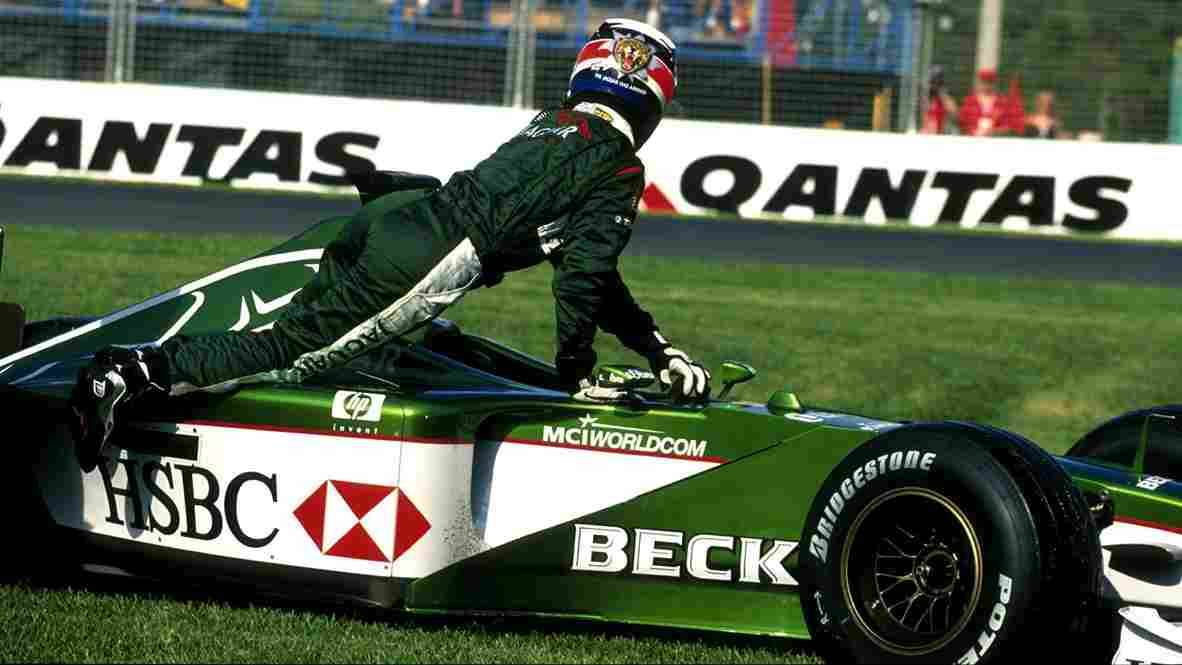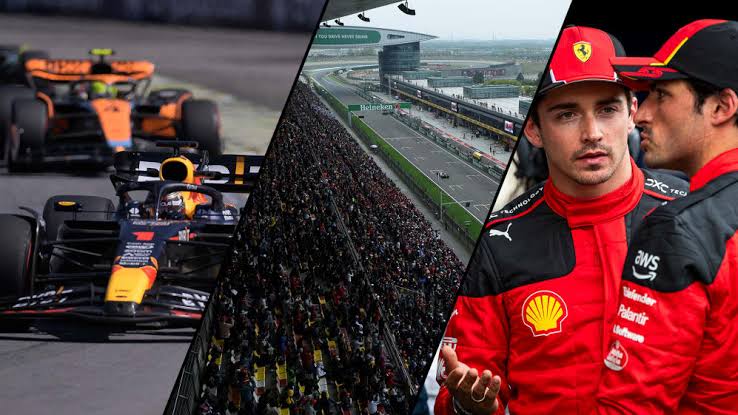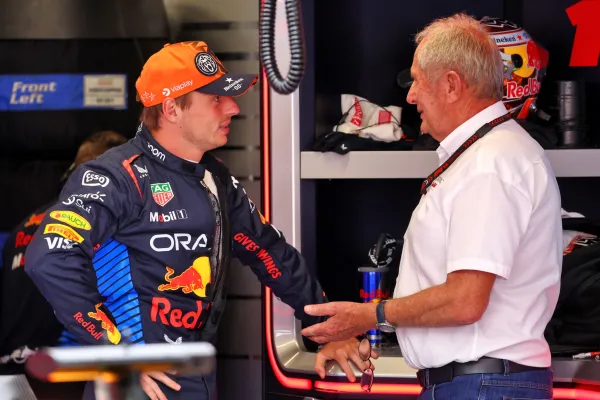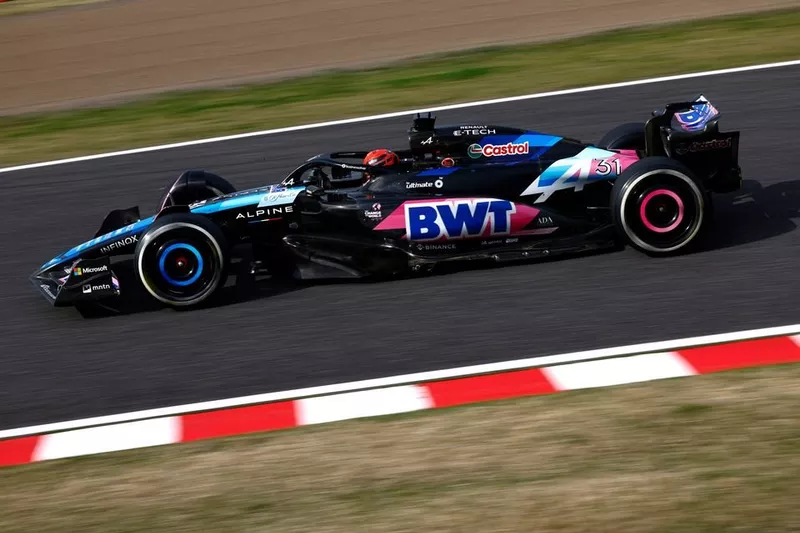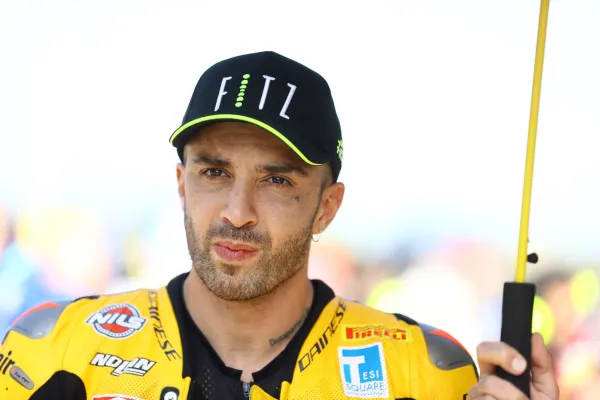Fair Play Or Frustration? Examining The FIA’s Overhaul Of Track Limits Penalties In F1
Track limits in Formula 1 have increasingly been a source of controversy, sparking debate on issues of fair play, sporting integrity, and the nature of racing itself. The FIA, the governing body of F1, has been grappling with how to police track limits effectively and consistently, and the system of penalties has been changed and revised numerous times. This article delves into the complexities of track limits, examining the FIA’s dilemma in trying to balance the necessity of maintaining track discipline with the necessity of not interfering too much with the natural flow of a race.
Defining Track Limits: A Moving Boundary
Track limits essentially establish the legal boundary of the racetrack. Historically, this boundary was clear and unforgiving: grass, gravel traps, or barriers that physically prevented drivers from exceeding the track edge. But as circuit design has evolved and asphalt run-off areas have become prevalent, the notion of track limits has grown ever more ambiguous.
Today, track limits are typically indicated by white lines. A driver is deemed to have breached track limits if all four wheels of his vehicle cross over these lines. This seemingly straightforward rule has been the source of a great deal of controversy, as drivers like to utilize the available run-off areas to their benefit, either intentionally or unintentionally.
The Case for Tough Enforcement
The FIA’s primary motivation for policing track limits is the promotion of fair competition. Allowing drivers to consistently exceed track limits would result in an uneven playing field, with certain drivers gaining an unfair advantage by utilizing more of the track than their competitors. This would compromise the integrity of the race and contravene the spirit of sportsmanship.
Furthermore, strict enforcement of track limits is being considered a safety measure. By not permitting drivers to run wide continuously, the FIA is attempting to reduce the possibilities of accidents occurring, particularly in high-speed corners.
The Challenges of Enforcement
Despite the FIA’s efforts, consistently and effectively enforcing track limits has proven to be a significant challenge. Several factors contribute to these difficulties:
Subjectivity: It is subjective to say if a driver has gained an advantage by going beyond track limits. Sometimes a driver can accidentally run wide with no measurable impact on their lap time or race position.
Technological Constraints: While the FIA uses a number of technologies, including sensors and cameras, to enforce track limits, such systems are not foolproof. It may be hard to pick up marginal infringements, which can lead to inconsistency in the application of penalties.
Driver Perspective: The F1 drivers have grumbled that it’s difficult to discern track limits because they’re positioned so low in the vehicle, with a limited glimpse of the edges of the track.
The Penalty System: A Revision History
Over the years, the FIA has attempted a number of penalty systems attempting to address the issue of track limits. Some of the systems that have been used include:
Warnings: Drivers are given a predetermined number of warnings for track limit exceedances before a penalty is given.37.
Lap Time Deletion: During qualifying, a driver’s lap time can be deleted if they are found to have exceeded track limits.
Time Penalties: Time penalties of 5 to 10 seconds are added to a driver’s race time for repeated infractions.
Drive-Through Penalties: In more severe cases, drivers are compelled to perform a drive-through penalty, where they have to drive through the pit lane at a reduced speed.
Grid Position Penalties: Drivers can also receive grid position penalties for future races.
The FIA’s penalty policy has been charged with inconsistency. In certain instances, drivers have been severely penalized for relatively minor infringements, yet in other instances, more blatant infringements have been overlooked. This inconsistency has frustrated drivers, teams, and fans.
The Austrian Grand Prix: A Case Study in Controversy
The Austrian Grand Prix at the Red Bull Ring has become infamous for track limit violations. The character of the circuit, with its fast corners and wide asphalt run-off areas, has encouraged drivers to push the boundaries of the circuit.
At the 2022 Austrian Grand Prix, 64 warnings were issued to drivers for track limits violations. The sheer number of violations led to a post-race review that penalized several drivers and sparked a huge debate about the effectiveness and fairness of the track limits system.
In response to the controversy, the FIA made several changes to the Red Bull Ring for the 2023 race. Gravel traps were put in place at key corners in an attempt to physically deter drivers from going wide. While these changes did reduce track limit violations, they also altered the character of the circuit and met a mixed reception among drivers and fans.
Driver Attitudes: A Plea for Consistency
F1 drivers have not been afraid to speak out against the way track limits have been enforced by the FIA. Several drivers have called for greater consistency in the way penalties are handed out, saying the current method is too arbitrary.
Some drivers have argued that the FIA should only punish drivers when they gain a clear and provable advantage by exceeding track limits. Other drivers have adopted the stance that a more lenient approach needs to be taken, where minor infringements will be tolerated in the interest of allowing drivers to race freely.
Potential Solutions: Finding the Right Balance
Solving the problem of track limits in F1 is not straightforward. However, some of the possible solutions are:
Circuit Redesign: Modifying circuit designs to incorporate additional natural barriers, such as gravel traps or grass verges, can physically deter drivers from transgressing track limits.
Technological Upgrades: Investment in more advanced tracking technology can improve the accuracy and reliability of track limit monitoring.
Clearer Guidelines: Having clearer and more objective guidelines for assessing track limit violations can reduce subjectivity and allow for more equal application of penalties.
Driver Education: Educating drivers on the importance of adhering to track limits and the potential consequences of infringements can promote improved compliance.
Increased Penalties: Some call for increased penalties to deter drivers from exceeding track limits.
The Impact on Racing Spectacle
The track limits argument extends beyond sporting regulation and into the essence of racing spectacle itself. Purists argue that strict enforcement of track limits stifles creativity and risk-taking and leads to more conservative driving styles and less spectacular racing.
Some have posited that maintaining track discipline is essential in order to maintain the integrity of the sport. They argue that allowing drivers to consistently exploit track limits would compromise the competitive balance and, in doing so, diminish the value of victory.
The Future of Track Limits in F1
The FIA’s ongoing efforts to refine the track limits system show that there is a willingness to arrive at a solution that can cater to fair play, safety, and racing spectacle. As F1 goes on, the track limits controversy can be expected to be a point at the center of many debates.
In the end, the success of any track limits system hinges on its ability to achieve a delicate balance. The ideal system needs to be strict enough to deter egregious violations and maintain a level playing field, yet sufficiently flexible to allow for the unavoidable inconsistencies that occur in the heat of competition. Only then can F1 reconcile fair play with the exciting, unpredictable nature of racing that has captivated fans around the world.
